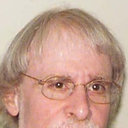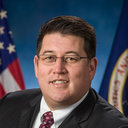Orthostatic Intolerance After ISS and Space Shuttle Missions.
Raktažodžiai
Santrauka
Cardiovascular deconditioning apparently progresses with flight duration, resulting in a greater incidence of orthostatic intolerance following long-duration missions. Therefore, we anticipated that the proportion of astronauts who could not complete an orthostatic tilt test (OTT) would be higher on landing day and the number of days to recover greater after International Space Station (ISS) than after Space Shuttle missions.
There were 20 ISS and 65 Shuttle astronauts who participated in 10-min 80° head-up tilt tests 10 d before launch, on landing day (R+0), and 3 d after landing (R+3). Fisher's Exact Test was used to compare the ability of ISS and Shuttle astronauts to complete the OTT. Cox regression was used to identify cardiovascular parameters associated with OTT completion and mixed model analysis was used to compare the change and recovery rates between groups.
The proportion of astronauts who completed the OTT on R+0 (2 of 6) was less in ISS than in Shuttle astronauts (52 of 65). On R+3, 13 of 15 and 19 of 19 of the ISS and Shuttle astronauts, respectively, completed the OTT. An index comprised of stroke volume and diastolic blood pressure provided a good prediction of OTT completion and was altered by spaceflight similarly for both astronaut groups, but recovery was slower in ISS than in Shuttle astronauts.
The proportion of ISS astronauts who could not complete the OTT on R+0 was greater and the recovery rate slower after ISS compared to Shuttle missions. Thus, mission planners and crew surgeons should anticipate the need to tailor scheduled activities and level of medical support to accommodate protracted recovery after long-duration microgravity exposures.




